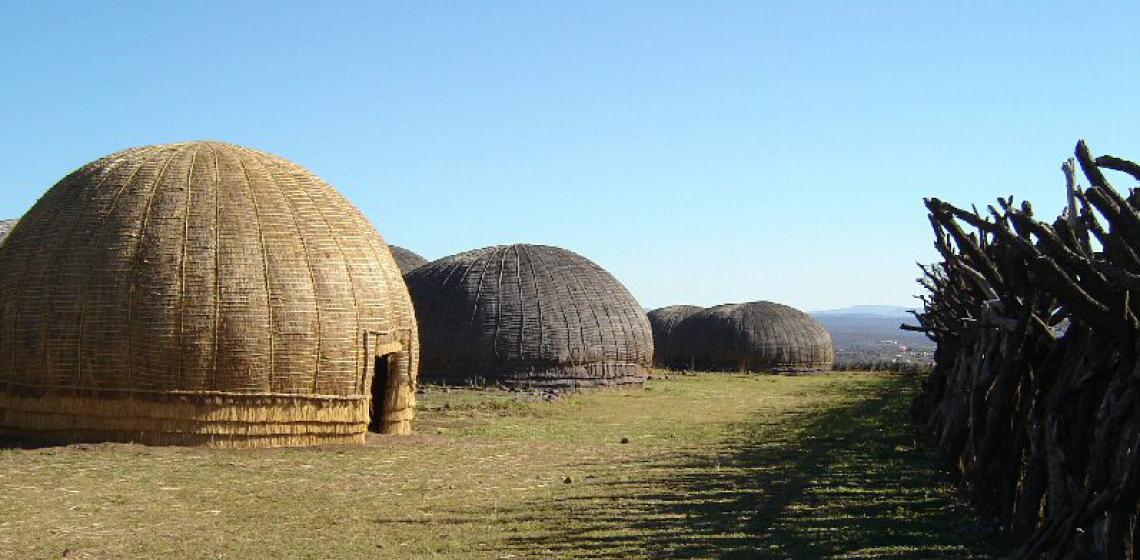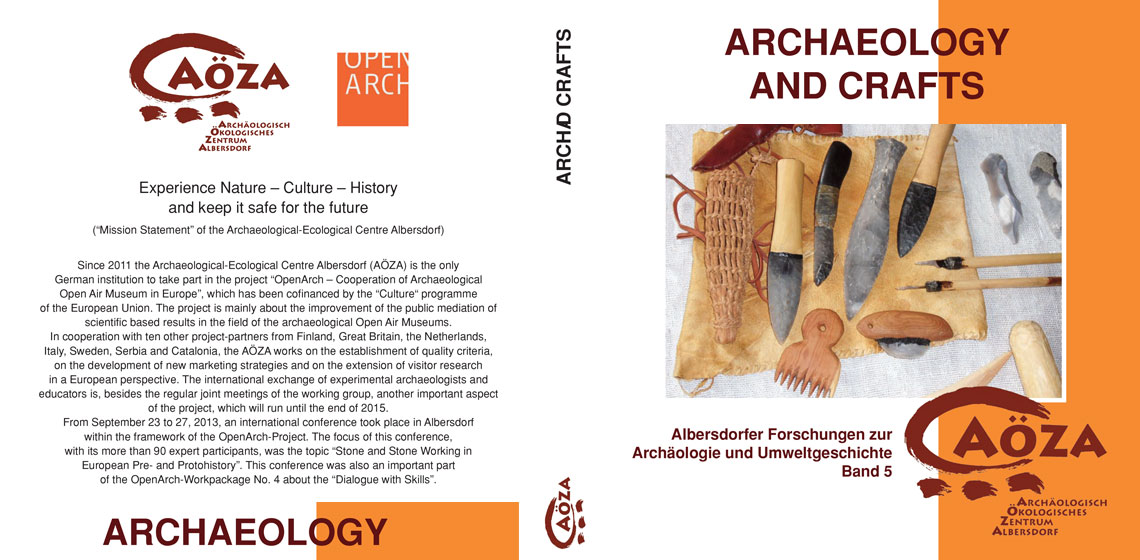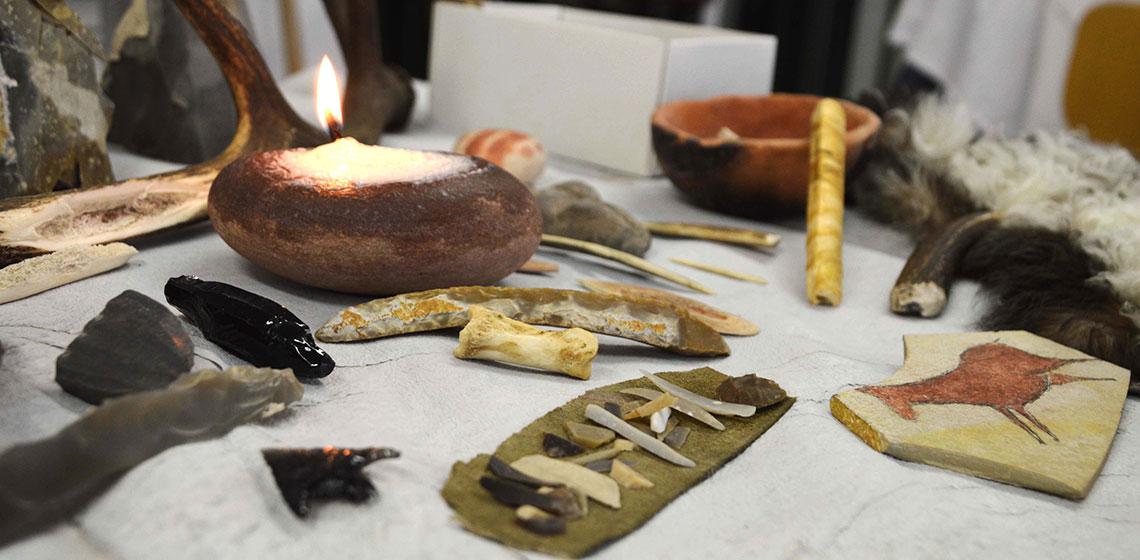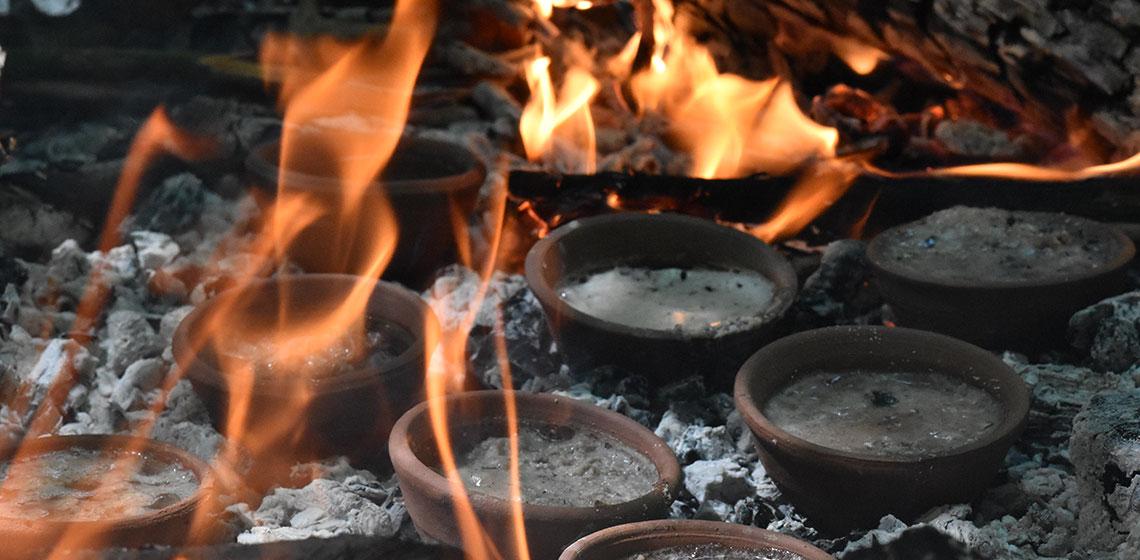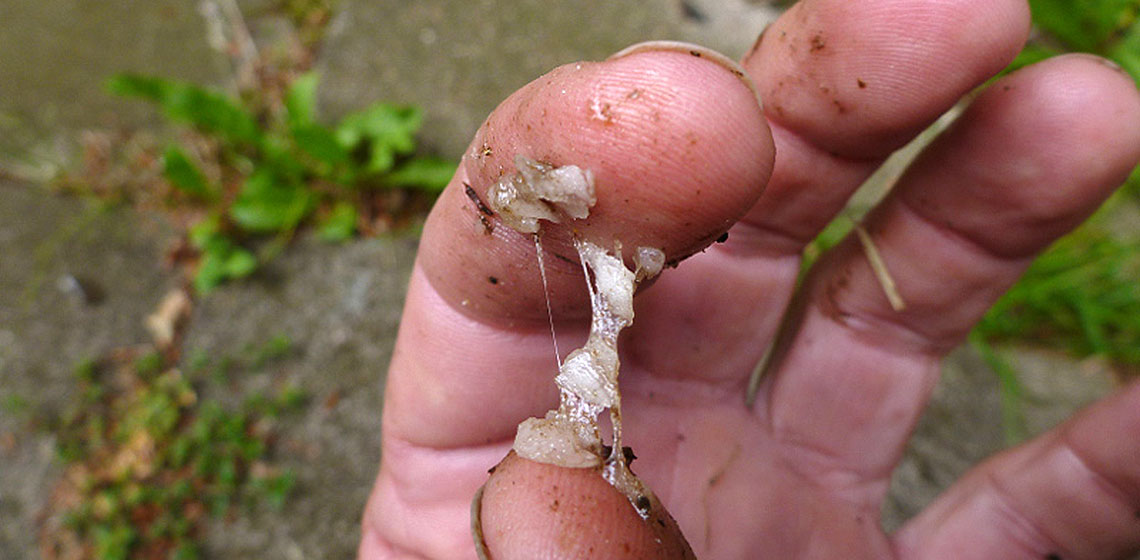Ondini Historical Complex, KwaZulu Cultural Museum (ZA)
Experience the rich cultural heritage of the KwaZulu Natal region, from the earliest inhabitants to the present. Ondini, the Royal Residence of King Cetswhayo kaMpande served as the judicial and legislative capital of the Zulu Kingdom from 1873 to 1879.
It was burned to the ground by British forces after the battle of Ulundi on 4th of July 1879, the final battle of the Anglo-Zulu War...
Experience the rich cultural heritage of the KwaZulu Natal region, from the earliest inhabitants to the present. Ondini, the Royal Residence of King Cetswhayo kaMpande served as the judicial and legislative capital of the Zulu Kingdom from 1873 to 1879.
It was burned to the ground by British forces after the battle of Ulundi on 4th of July 1879, the final battle of the Anglo-Zulu War.

